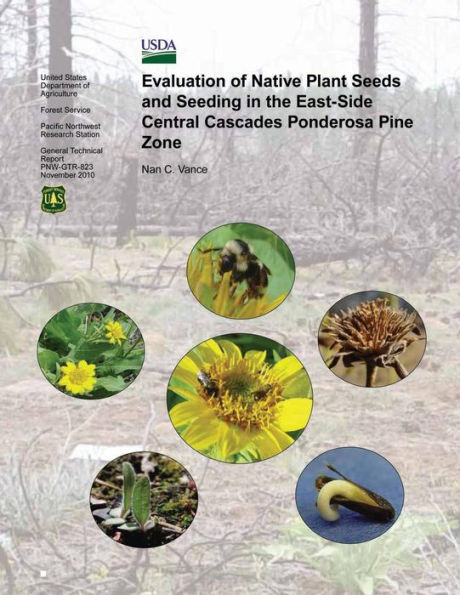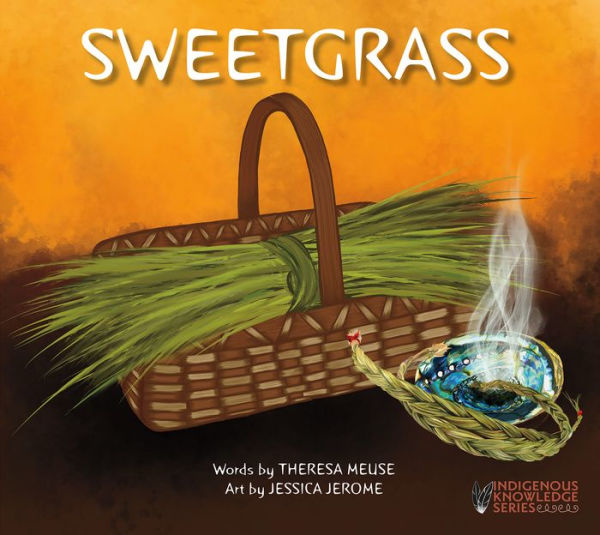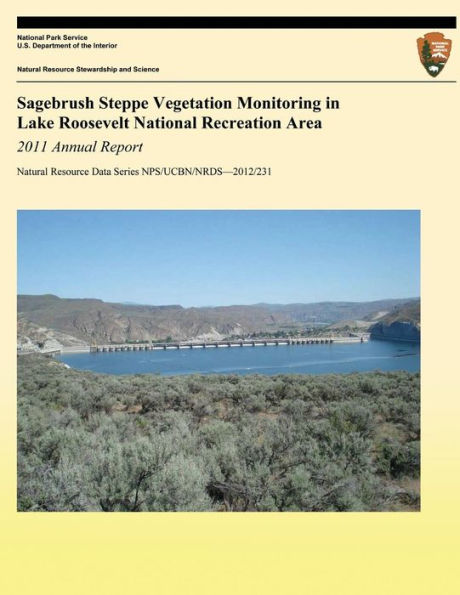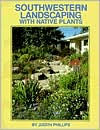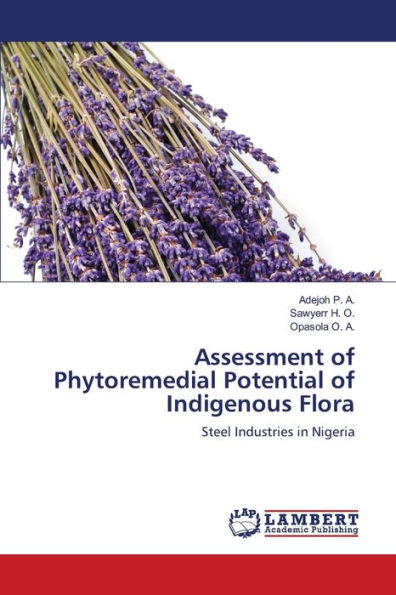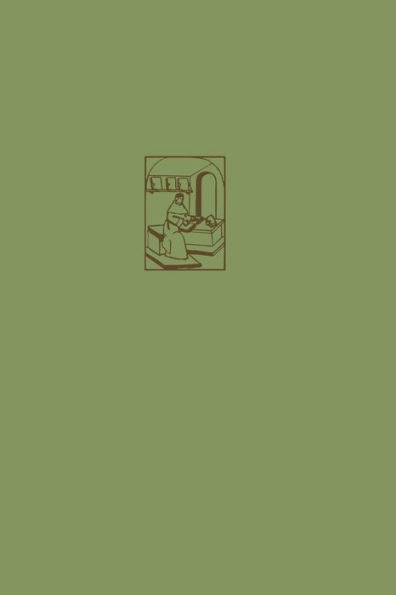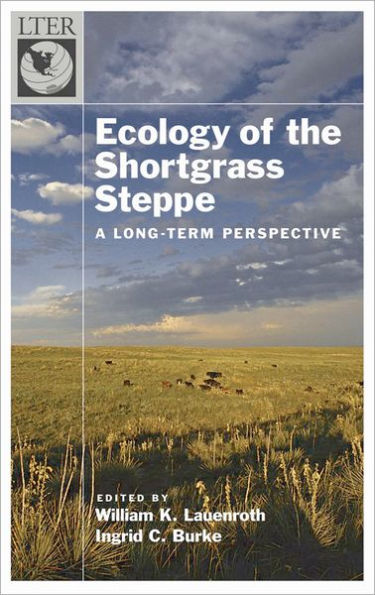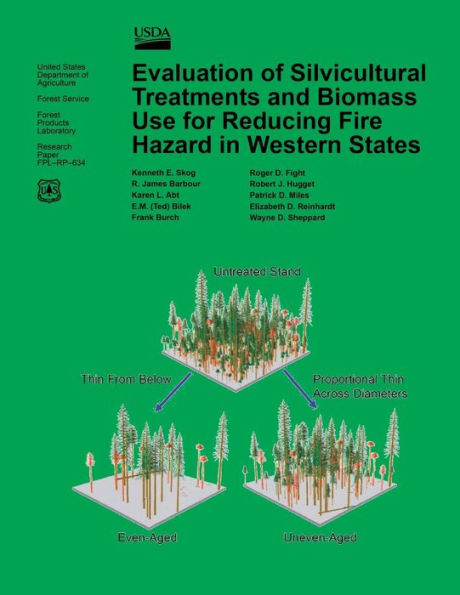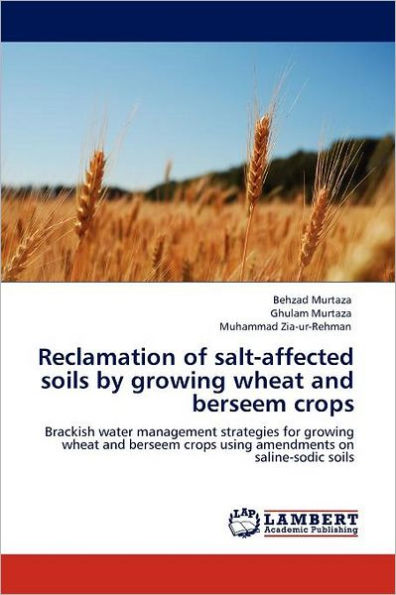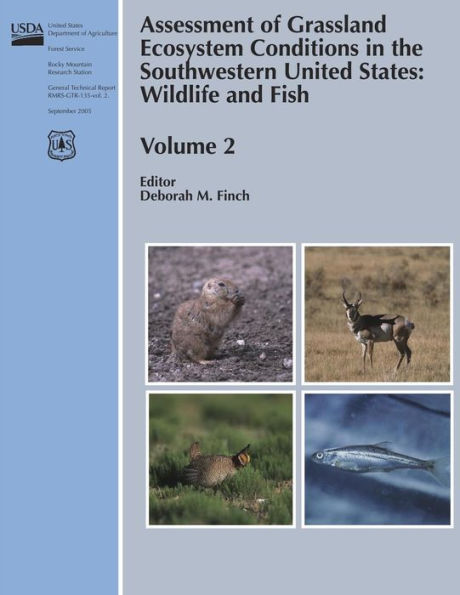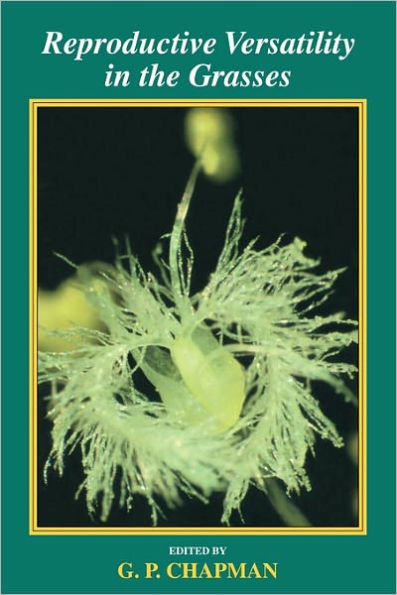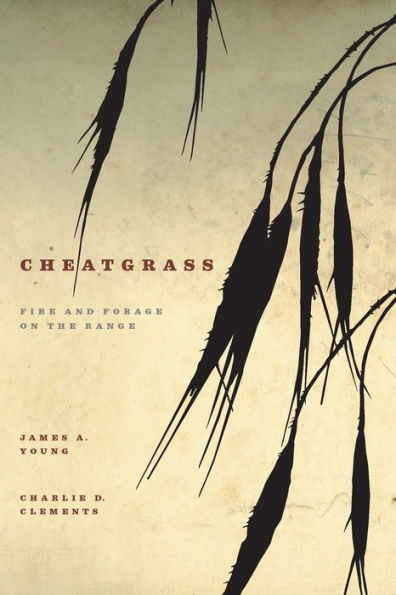Home
Evaluating native wheatgrasses for restoration of sagebrush steppes



Evaluating native wheatgrasses for restoration of sagebrush steppes
Current price: $73.44
Loading Inventory...
Size: OS
Frequent droughts, past overgrazing practices, subsequent weed invasions, and increased wildfire frequency have severely degraded the natural landscapes of the Intermountain West (Northwestern United States), leading to a decrease in theabundance of native vegetation. Pseudoroegneriaspicata and Elymus wawawaiensis are two nativeperennial bunchgrasses of this region that are usedfor restoration of these landscapes. Being formerlywidespread throughout the region, P. spicata is oneof the favorite restoration species. While, E.wawawaiensis, with a restricted distribution, isoften used as a restoration surrogate for P. spicata.However, since the use of native plant material maybe more desirable than a surrogate, the use of E.wawawaiensis as a restoration plant material has beensomewhat controversial. The main goal of thisresearch was to identify plant materials and planttraits with superior seedling growth, droughttolerance, and defoliation tolerance that maycontribute to enhanced ecological function inrestored rangeland plant communities. The studies show that E. wawawaiensis has advantages as a restoration species for the Intermountain West.
